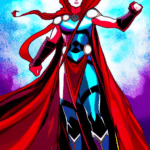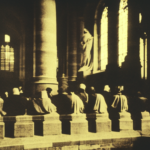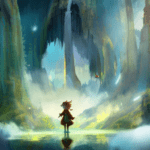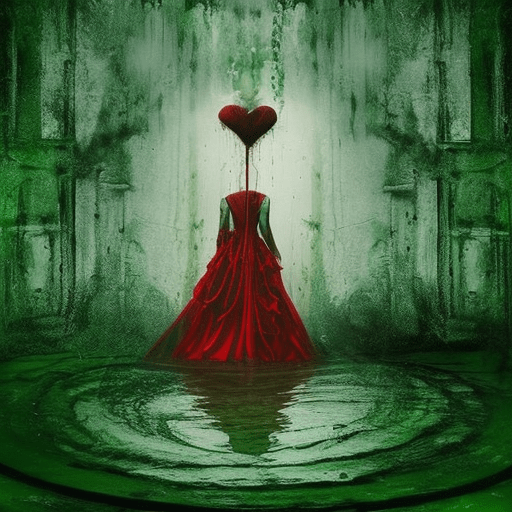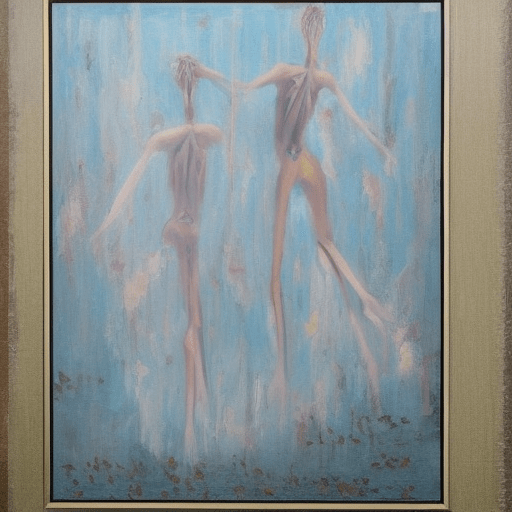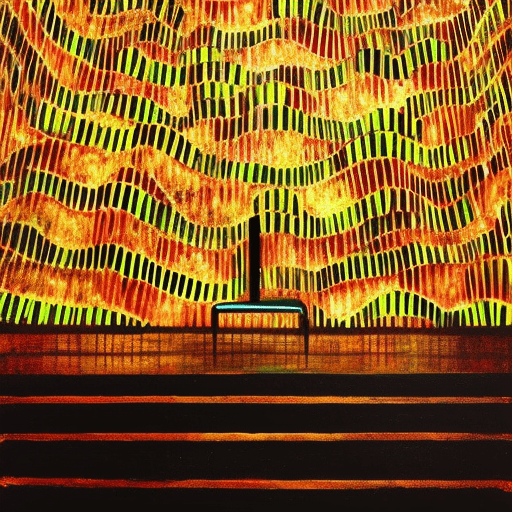I Vitelloni by Federico Fellini: A Coming-of-Age Tale in a Small Italian Town
Main Cast and Crew:
- Director: Federico Fellini
- Writers: Federico Fellini, Ennio Flaiano, Tullio Pinelli
- Key Actors: Franco Interlenghi as Moraldo Rubini, Alberto Sordi as Alberto, Franco Fabrizi as Fausto Moretti, Leopoldo Trieste as Leopoldo Vannucci, Riccardo Fellini as Riccardo, and Leonora Ruffo as Sandra Rubini
- Music Director: Nino Rota
- Director of Photography: Carlo Carlini
- Producers: Lorenzo Pegoraro, Luigi Rovere
Plot:
I Vitelloni follows the lives of a group of young men in a small Italian coastal town. The film primarily revolves around Moraldo Rubini, a dreamer who is dissatisfied with the aimlessness of his friends’ lives. Moraldo observes the escapades of his friends Fausto, Alberto, Leopoldo, and Riccardo, who spend their days idling, chasing women, and avoiding responsibility.
Fausto, a womanizer, impregnates his girlfriend Sandra and reluctantly marries her. However, he continues his philandering ways and eventually abandons Sandra and their child. Alberto, a struggling actor, lives off his family’s wealth and constantly seeks attention. Leopoldo, a failed playwright, is haunted by his lack of success and finds solace in alcohol. Riccardo, the group’s clown, is a carefree spirit who lives in his own world.
As the seasons change, the friends face the consequences of their actions. Fausto’s marriage deteriorates, Alberto’s acting career fails to take off, Leopoldo’s alcoholism worsens, and Riccardo tragically dies in a car accident. Moraldo, the only one who seems to have matured, decides to leave the town and pursue his dreams in Rome.
Themes and Motifs:
I Vitelloni explores themes of youth, disillusionment, and the struggle to find purpose. The film captures the universal experience of coming-of-age and the challenges faced by young people as they navigate the transition from adolescence to adulthood. Fellini masterfully portrays the characters’ aimlessness and their longing for something more meaningful in their lives.
The motif of the sea is prevalent throughout the film, symbolizing both freedom and confinement. The characters are trapped in their small town, unable to escape their own immaturity and the expectations of their families. The sea represents the vast possibilities and unknown adventures that lie beyond their limited existence.
Reception and Legacy:
Upon its release in 1953, I Vitelloni received critical acclaim for its honest portrayal of youth and its exploration of societal expectations. The film won the Silver Lion at the Venice Film Festival and established Federico Fellini as a prominent director.
I Vitelloni’s influence on cinema cannot be overstated. It paved the way for Fellini’s later masterpieces and solidified his reputation as a visionary filmmaker. The film’s themes and characters resonated with audiences worldwide, and it remains a classic example of Italian neorealism.
Recommendation:
I Vitelloni is a must-watch for fans of Fellini’s work and those interested in Italian cinema. The film’s poignant portrayal of youth and its exploration of the human condition make it a timeless piece of art. The captivating performances and Fellini’s masterful direction create an immersive experience that will leave a lasting impression.
Memorable Quote:
“We’re like the flies of summer. We’re born in the morning, we die at nightfall. But every moment in between we live as we want to live.”

